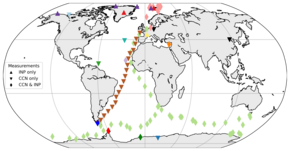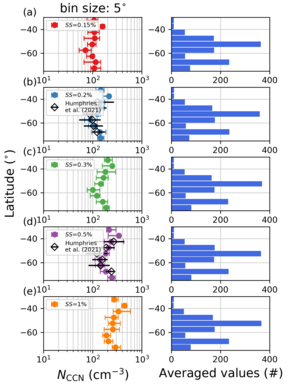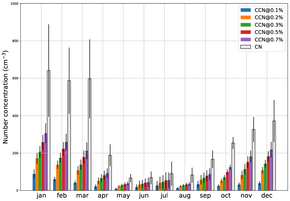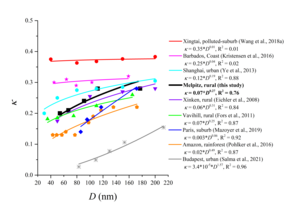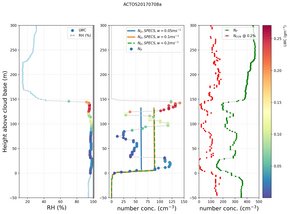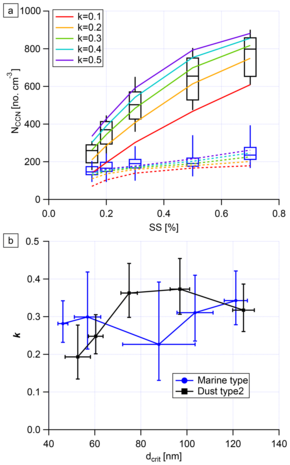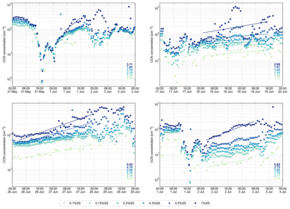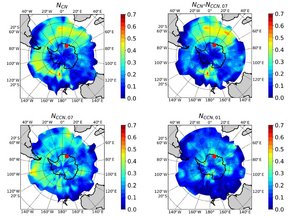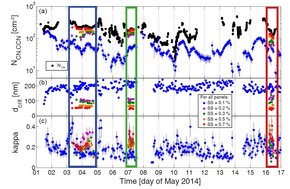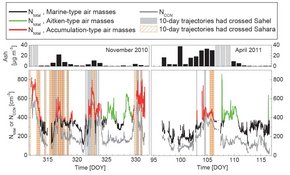TROPOS is strongly involved in national and international projects that aim, among other things, to obtain reliable data on the size and number of atmospheric cloud condensation nuclei (CCN). Campaigns for this purpose are ongoing worldwide and have a wide variety of scientific backgrounds.
The goals of these activities are:
- Determination of the spatial and temporal variability of CCN at different latitudes; from the North Pole (PASCAL, Greenland) to Antarctica (Neumayer Station III and Princess Elisabeth Station, Southern Ocean, Punta Arenas), passing the Atlantic Ocean (Cape Verde Islands, Azores, Polarstern) but also in Central Europe (Melpitz).
- Inference of CCN sources from e.g. hygroscopic properties or from chemical particle composition, evaluated in connection with back trajectories
- Influence of the aerosol population on cloud formation and cloud properties (ACORES)
- Assessment of anthropogenic influence on CCN in pristine areas of high latitudes.
- Provision of CCN number as input or validation data in models (GASSP) and for satellite retrievals within ACTRIS, among others.
Here is a selection of recent results (sorted chronologically).

